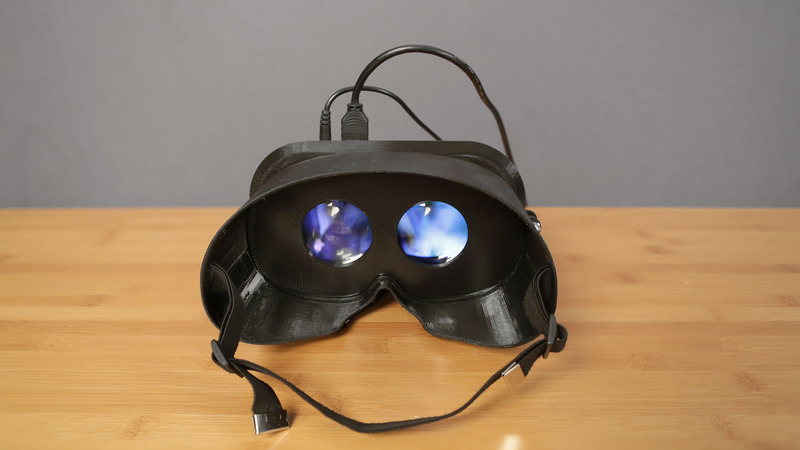In this project we're building a wearable HD monitor. This is great for anyone looking to make their own a personal display.
A 5' hdmi display, Arduino Micro and a 9-DOF motion sensor are housed inside a 3d printed enclosure.
The outer hood is printed in PLA and Ninjaflex, fusing two different materials making a rigid frame with a flexible hood.
A mounting bracket secures the components to a faceplate with machine screws, making this a solid construction.
Make this into a DIY Oculus Rift by mounting a pair of aspheric lenses to the inner faceplate to split screen for stereoscopic video.
Prerequisite Guides
Before starting this project, we recommend doing a walk-through of the following guides to get you familiar with the hardware, and soldering (if your new to the craft!).Parts
We have all the parts in the shop for building this project. The goggles can be 3D Printed or get some nice ones on the internets.
Tools & Supplies
The following tools and supplies will get you started on your build.- 3D Printer
-
NinjaFlex
- Flat Pliers
- Flush diagonal cutters
- Screwdriver Set
- 12 #4-40 1/2' Flat Phillip Screws
- 4 #2-32 3/8' Flat Phillip Screws
- 2 #6-32 1' Flat Phillip Screws








































